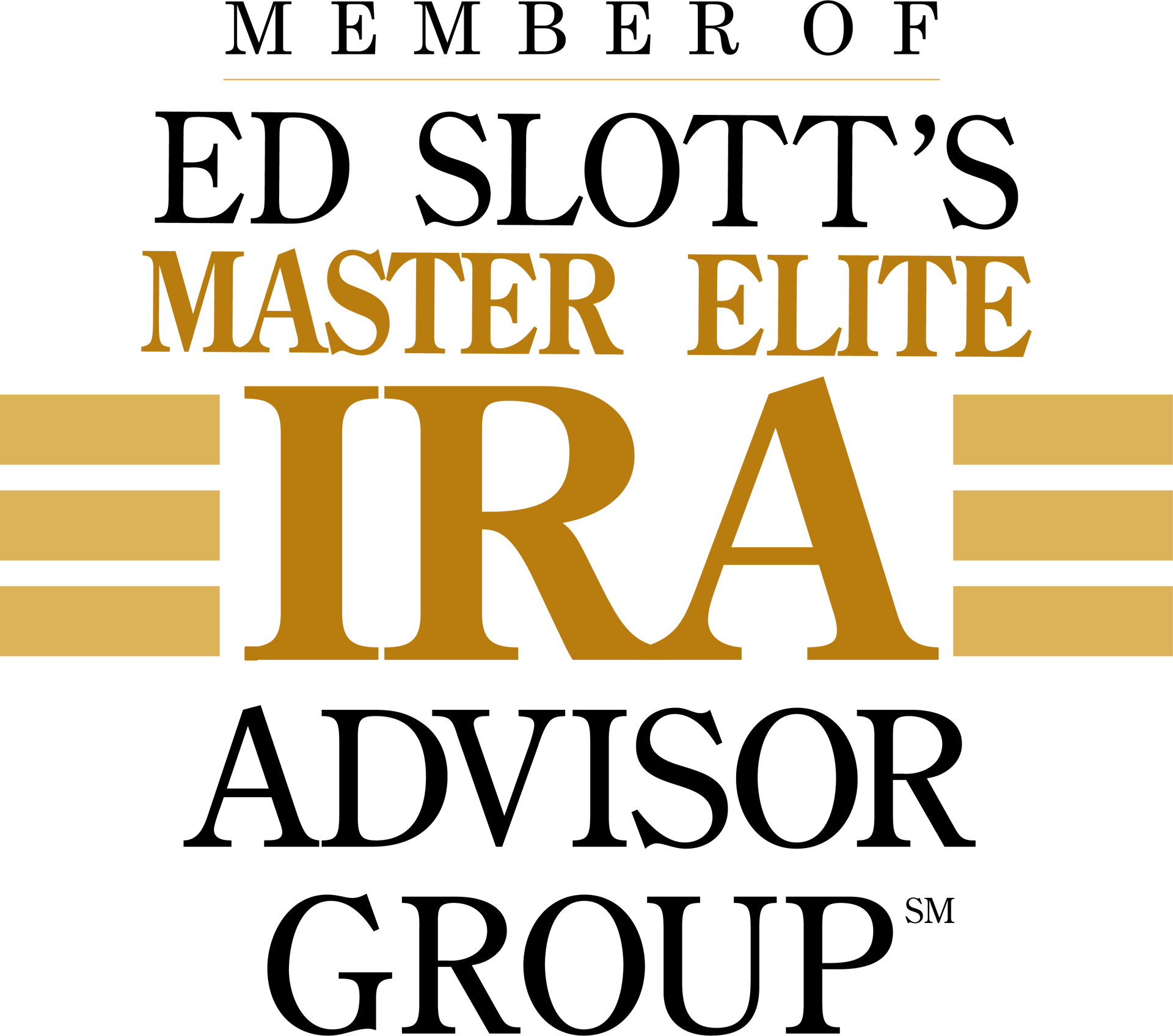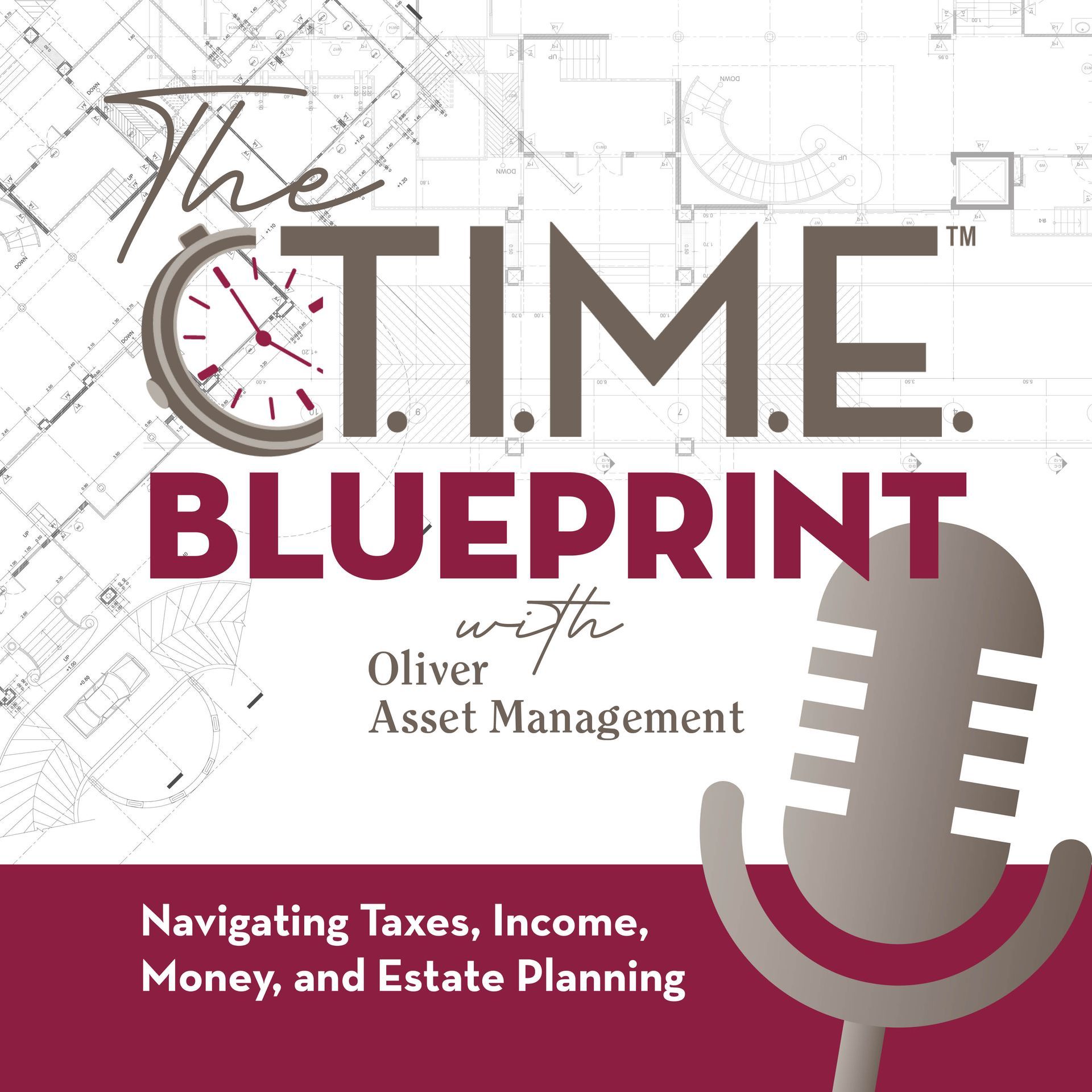Recent retirement proposals from Congress would upend planning strategies for retirement accounts,
especially Roth IRAs. These changes are currently only proposals, but they have been the focus of
attention and intense speculation. No one knows for sure what Congress will do, but given the current
climate in Washington, changes like these could gain traction.
Retirement savers, especially those with larger IRAs, have many questions. Here are some answers.
Would These Proposals Eliminate Backdoor Roth Strategies?
This proposal takes direct aim at Roth planning strategies by prohibiting both employee after-tax contributions in qualified plans and after-tax funds in traditional IRAs from being converted. Neither Roth IRAs nor Roth plan accounts would be allowed to accept after-tax dollars as conversions. This would be effective after December 31, 2021. This would be an all-out ban on Backdoor Roth conversions from IRAs, Mega Backdoor Roth conversions from plans, and in-plan conversions of after-tax dollars, all regardless of income. This proposal inadvertently finally answers the question of whether Backdoor Roth conversions are currently legal. They obviously are, because if they weren't, Congress would not need to eliminate them!
What About Roth Conversions of Pre-Tax Dollars, Are They Still Allowed?
Roth conversions of pre-tax funds would be eliminated from both IRAs and employer-sponsored plans for single taxpayers with taxable income over $400,000 and married taxpayers ling jointly with taxable income over $450,000. However, this proposal would not begin for 10 years. The effective date says this would apply in years after December 31, 2031. This proposal would end Roth conversions for high earners, but Congress still wants its conversion tax dollars. Why the delay? Maybe this delayed effective date shows us that Congress still needs Roth conversion revenue so it can fill budget gaps, at least for the next 10 years. But now that Congress has tipped its hand on this issue, it may be a good time for affected individuals to start proactively planning and begin a series of annual Roth conversions over the next decade. This conversion strategy would be even more effective if initiated prior to required minimum distributions (RMDs) beginning at age 72, since RMDs cannot be converted.
Would Contributions to Large IRAs Be Outlawed?
The bill would prohibit additional contributions to Roth or traditional IRAs for a calendar year if: 1. The total value of an individual’s IRAs, Roth IRAs and de ned contribution retirement accounts exceeds $10 million as of the end of the prior calendar year; and 2. Income is in excess of $400,000 (single), or
$450,000 (married/joint). This would be effective after December 31, 2021. Note that both requirements would need to be met for a contribution to be prohibited. Regardless, this likely won’t make that much of a difference to anyone with over $10 million in their retirement accounts, because the IRA contribution limits are so small in relation to the total assets in a “Mega-IRA.” For example, the maximum IRA (or Roth IRA) contribution for 2021 is only $6,000 ($7,000 if age 50 or over). Congress Targets IRAs Plus, there is no such restriction in the proposal for SEP IRA, SIMPLE IRA or company plan contributions, which have much higher contribution limits.
Stay Tuned
While many of these proposals enjoy wide bipartisan support, there is still a long road ahead. The next step would be a vote of the full House of Representatives. Then, the Senate would need to take up the proposals. If there are any differences between the House bill(s) and the Senate bill(s), those would have to be resolved and approved. Finally, the President would then have to sign the bill(s)into law. That process can take time and is far from certain.
Copyright © 2021, Ed Slott and Company, LLC Reprinted from The Slott Report, November Newsletter, with permission.
[Ihttps://www.irahelp.com/sites/default/ les/newsletters/64337/2021%20November-1.pdf?a=533] Ed Slott and Company, LLC takes no responsibility for the current accuracy of this article.




Advisory services offered through CreativeOne Wealth, LLC a Registered Investment Adviser. CreativeOne Wealth, LLC and Oliver Asset Management are unaffiliated entities.
Licensed Insurance Professional. Respond and learn how financial products, including life insurance and annuities can be used in various planning strategies for retirement. The information contained herein is based on our understanding of current tax law. The tax and legislative information may be subject to change and different interpretations. We recommend that you seek professional tax advice for applicability to your personal situation.
*Testimonials are based on unique experiences from current clients and are not representative of all client experiences. Testimonials are unsolicited and clients received no compensation (cash or non-cash). Past performance is no guarantee of future results. Testimonials are encouraged and welcomed from all prospects and clients. Investment advisory services offered through CreativeOne Wealth, LLC, a registered investment advisor. CreativeOne Wealth is not affiliated with Oliver Asset Management. Additional information about CreativeOne Wealth, LLC is available in its current disclosure documents, Form ADV, Form ADV Part 2A Brochure, and Client Relationship Summary report which are accessible online via the SEC’s Investment Adviser Public Disclosure (IAPD) database at www.adviserinfo.sec.gov, using CRD #281213.
Oliver Asset Management © 2023










